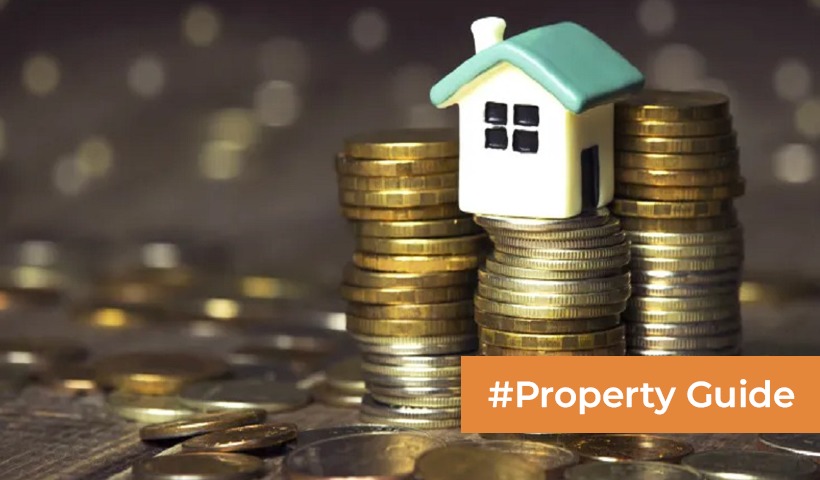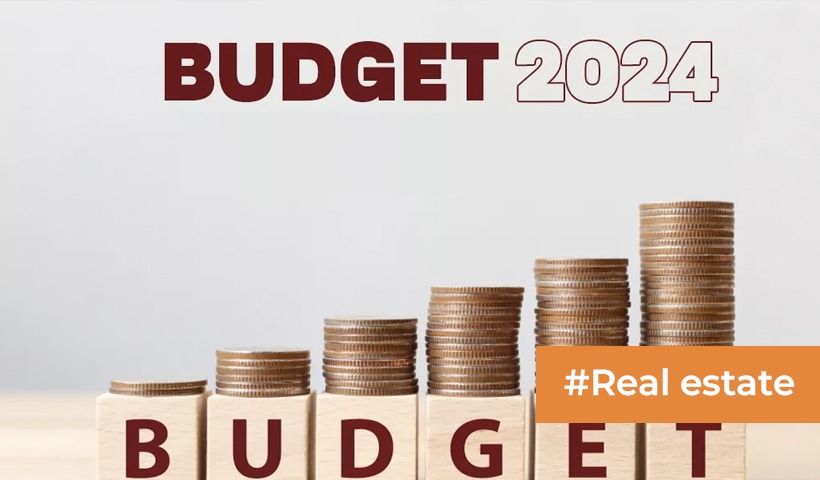What You Should Know Before Purchasing Gram Panchayat Land?
Buyers are typically enticed to invest in gram panchayat-approved land due to a scarcity of land in cities, rising costs, and future potential. Nevertheless, such an investment would necessitate changing agricultural property into non-agricultural land by paying the government a modest conversion charge. This article will assist you in comprehending the benefits and drawbacks of gramme panchayat property.
Regardless of the various perks provided by urban residential societies, many purchasers prefer to own independent houses. However, because to the paucity of land parcels inside city limits, the bulk of buyers go to the periphery to fulfil their dreams. As a result, gramme panchayat land becomes the preferred option for such buyers.
Investing in gramme panchayat land is a profitable investment choice, particularly for those looking to generate returns. Because the investment expenses are lower in a village, the returns are usually larger. While the cost is advantageous, purchasers must exercise utmost caution when it comes to the documentation and conversion of Gram Panchayat-owned land.
What exactly is gramme panchayat land?
Gram panchayats possess the land parcels within their boundaries, encompassing villages and cities, because municipal entities own the property within their authority. Previously, gramme panchayats could only lease property within their jurisdiction for agricultural or related purposes. Conversely, many Indian courts have issued decisions allowing gramme panchayat property to be sold for non-agricultural purposes, notably development.
The District Magistrate (DM) or the Collector, depending on the city of the land, has the authority to enable the conversion of the land to non-agricultural use. To clarify, land under the authority of a gramme panchayat can only be used for residential use when the DM receives the necessary ownership documents and the conversion fee.
What are the benefits of purchasing gramme panchayat land?
Gram panchayat properties are frequently less expensive than land lots located inside municipal limits. Furthermore, the owner may enjoy a calm stay away from the city’s regular hustle and bustle at an affordable cost of living. In contrast to the city’s oversaturated markets, the selling price of a house built on gramme panchayat property is often greater.
What are the drawbacks of gramme panchayat land?
Investing in gramme panchayat property may have a few drawbacks, such as a lack of infrastructure development. As a result, the owner may have to forego the access of various benefits that are often associated with properties inside city bounds. You may also encounter challenges with electricity, water supplies, and an insufficient sewerage system. Aside from this, connection may be a challenge, particularly during the rainy season.
Things To Consider While Purchasing Gramme Panchayat Property
- Pay the conversion cost for agricultural land conversion. It is usually a portion of the registration costs.
- This cost varies from state to state.
- Remember to follow the panchayat layout regulations and standards if the land is not on the outskirts of the city.
- When using the property for residential purposes, be sure to leave one-third of the land open.
- Cooperative banks may provide you with a loan for gramme panchayat land.
Disclaimer: The views expressed above are for informational purposes only based on industry reports and related news stories. PropertyPistol does not guarantee the accuracy, completeness, or reliability of the information and shall not be held responsible for any action taken based on the published information.




